
Guide to Fishing with Nettle Line and Hawthorn Hooks
Just two natural materials? With no tools?...of course!
In a survival situation, being able to feed yourself will obviously make the whole thing somewhat more bearable.
Plants and insects being the easiest to come by will go some way to getting you by, but why stop there when you could easily knock up some fishing line and hooks using a couple of natural materials with just your bare hands.
Here's how!
The beauty of this method, is that nature provides us with all we need and the materials are very common.
All you need is -
- Stinging Nettles
- Hawthorn
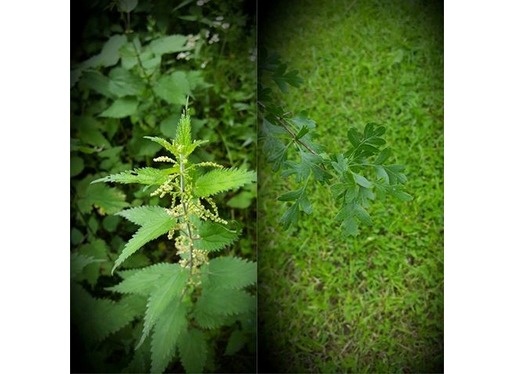
To get started, Grab yourself a good bunch of nettles. It takes quite a lot to make very long lengths, but luckily they do grow everywhere.
If you have them, you can use gloves, but with practice and a firm grip, it's possible to pick and strip them bare handed.
The nettles with the red stalks are best to use as they produce good strong fibres.
To strip them, simply grasp them at the base, and run your other hand along the stem firmly as shown. Any of the stubborn leaves can be picked off with your fingers.
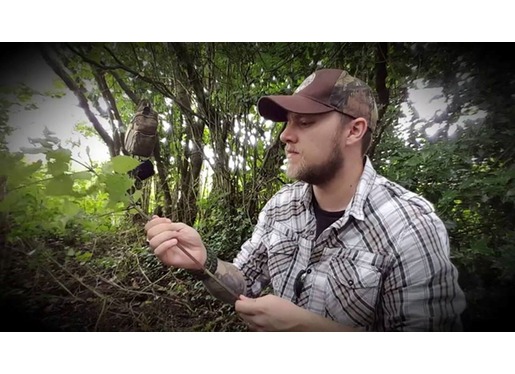
What you are looking for is the outer fibres which need to be separated from the inner pith. To do this you'll have to flatten out the stalk first.
An important point here is to make sure you don't beat the stalk as that will ruin the fibres. Instead you should just squeeze it, or if they are very hard, you can use a hard surface such as a smooth rock to help gently squash them.
Once you have it flattened out, split the stalk and run your thumb up the entire length to open it up.
The pith will now be on one side, and the fibres on the other. To separate them, hold the stalk with the pith facing upwards, and snap it in the middle.
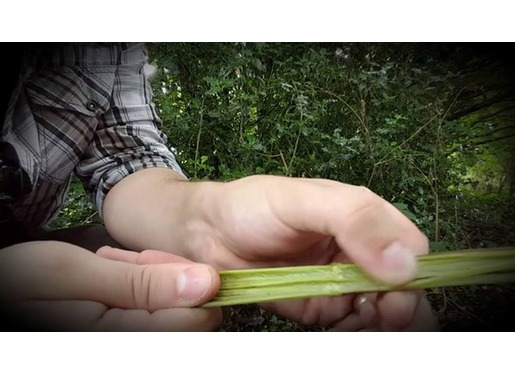
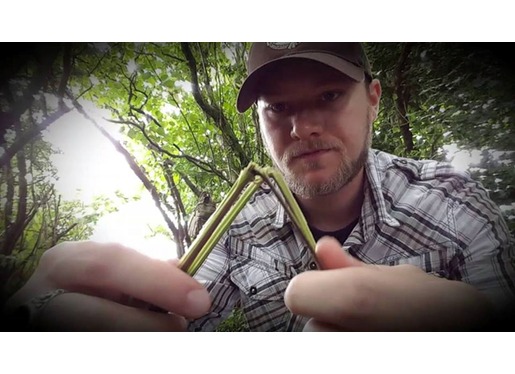
This will break the pith, but the fibres will remain intact. They can now easily be peeled away, leaving you with your fibres.
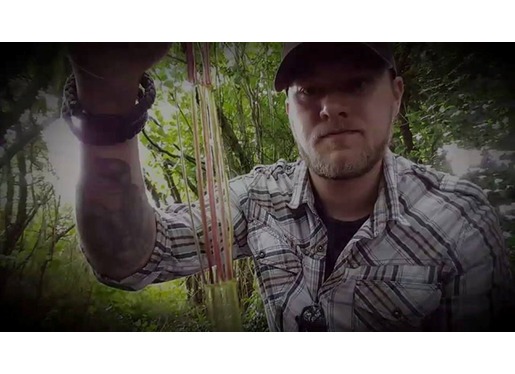
Once you have processed enough fibres for your needs, you can dry them out by hanging them up in a sheltered area. They will shrink quite a bit during this time but they will become much stronger.
To start making the cordage you may find it easier so slightly wet them again. Taking two of the strands, roll them together between your hands to make them more workable.
Then pinch the length just off centre (this will help stop each strand running out of length at the same time, helping the overall finished strands to keep its strength.) and begin to twist it until it kinks.
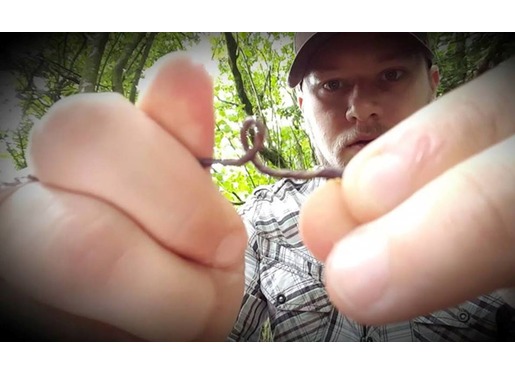
When it kinks, then you can pinch it there, and that's the beginning of the cordage making process. From there it's a simple case of twisting the two strands individually, and then rolling them together.
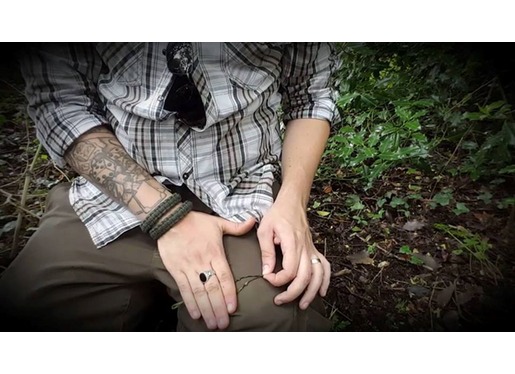
An easy way to do this is to roll the strands down your leg whilst pinching the kinked end. This will cause the strands to want to twist together, and then you can let the kinked end go and give it a helping twist to tighten it up.
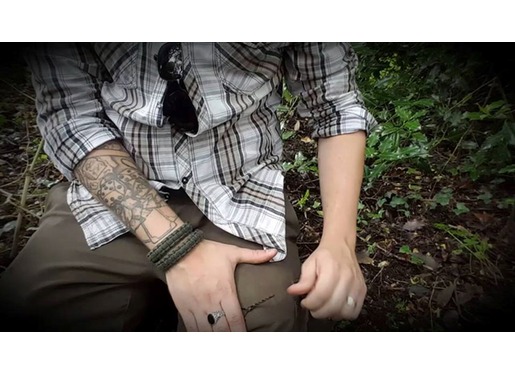
Just continue this process and eventually one of the strands will begin to taper off. When that happens, just take another couple of strands (rolled together to make them easier to work with as previous) before the first strand becomes too thin, and twist it in. Repeating this, you can make cordage as long as you need. And that's natural cordage!
If you want to use it to try to catch fish, then read on!
Attaching a hawthorn (natural fish hook) is quite simple and holds it securely.
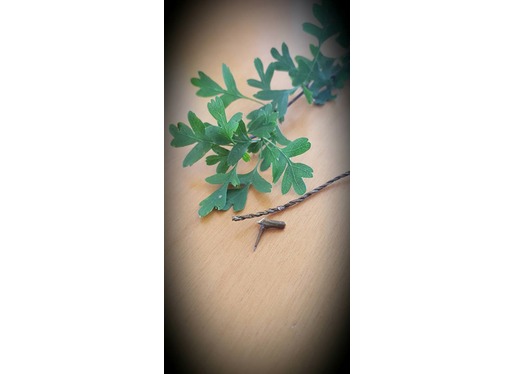
To do so, gather a length of hawthorn and cut a good thorn as pictured (note the angle of the thorn is better to be obtuse and not acute as when fixed to the cordage this angle will hold the fish better.)
Open up the end of the cordage by untwisting it to form a small loop.
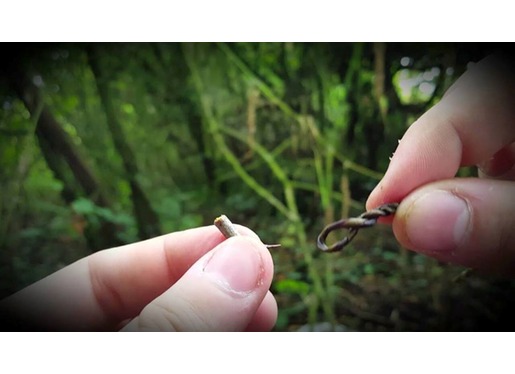
Slip the loop over the thick end of the thorn, and then opening up the cordage one twist above, poke the sharp end of the thorn up and through. Then twist it all back again to tighten it up. This will hold the thorn securely. When a fish bites, the obtuse angle will act like a barb, helping to prevent it from coming unstuck.
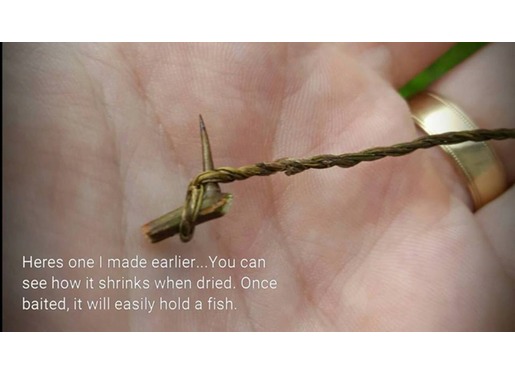
If you make multiple lines and hooks, you can attach and bait them to a long line at different intervals. Weight the main line at one end and secure it to a bank at the other and set it in the water, so you can try to catch fish at different depths giving yourself a better chance.
I will stress that this fishing method should only be used in a survival situation or with the correct permissions as the it is illegal in some areas/countries.
It's a very old and simple method used by our ancestors, and a great one to learn. If anything, getting out into nature, taking all natural materials and being able to provide ourselves with a meal, well, how can you beat that?
Thanks for reading, and remember, What you don't know, can hurt.


COMMENTS
LEAVE YOUR OWN COMMENT